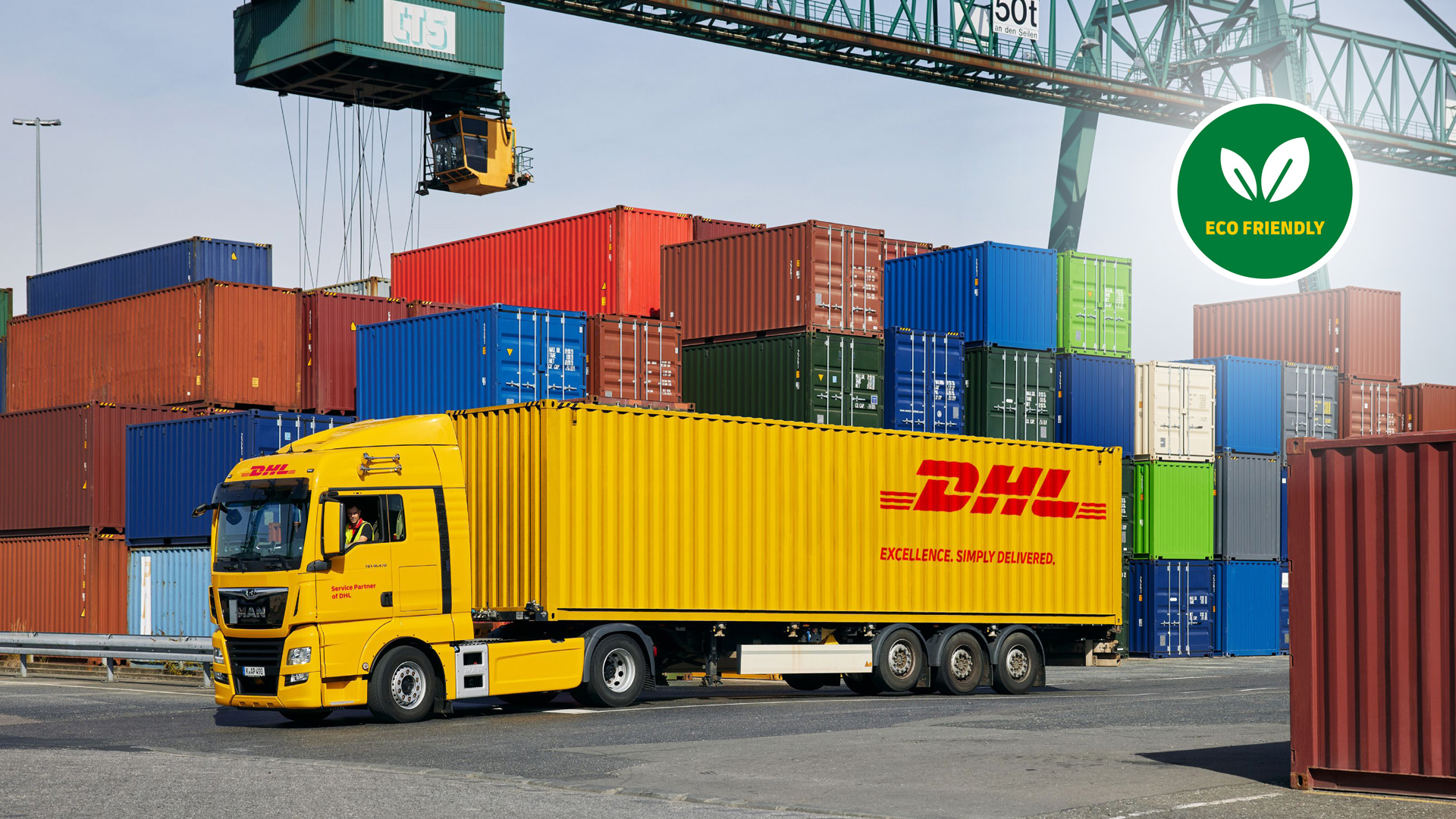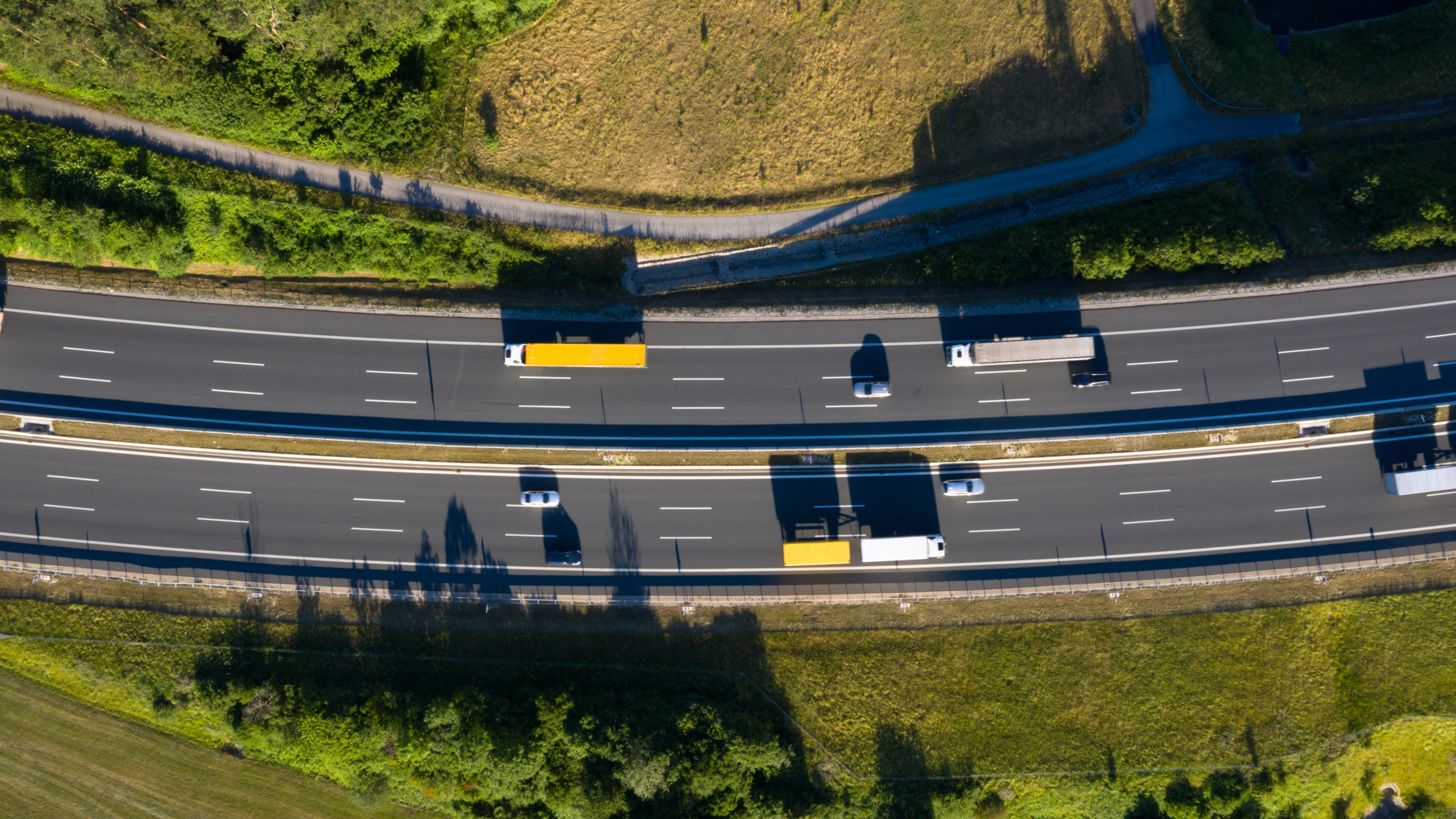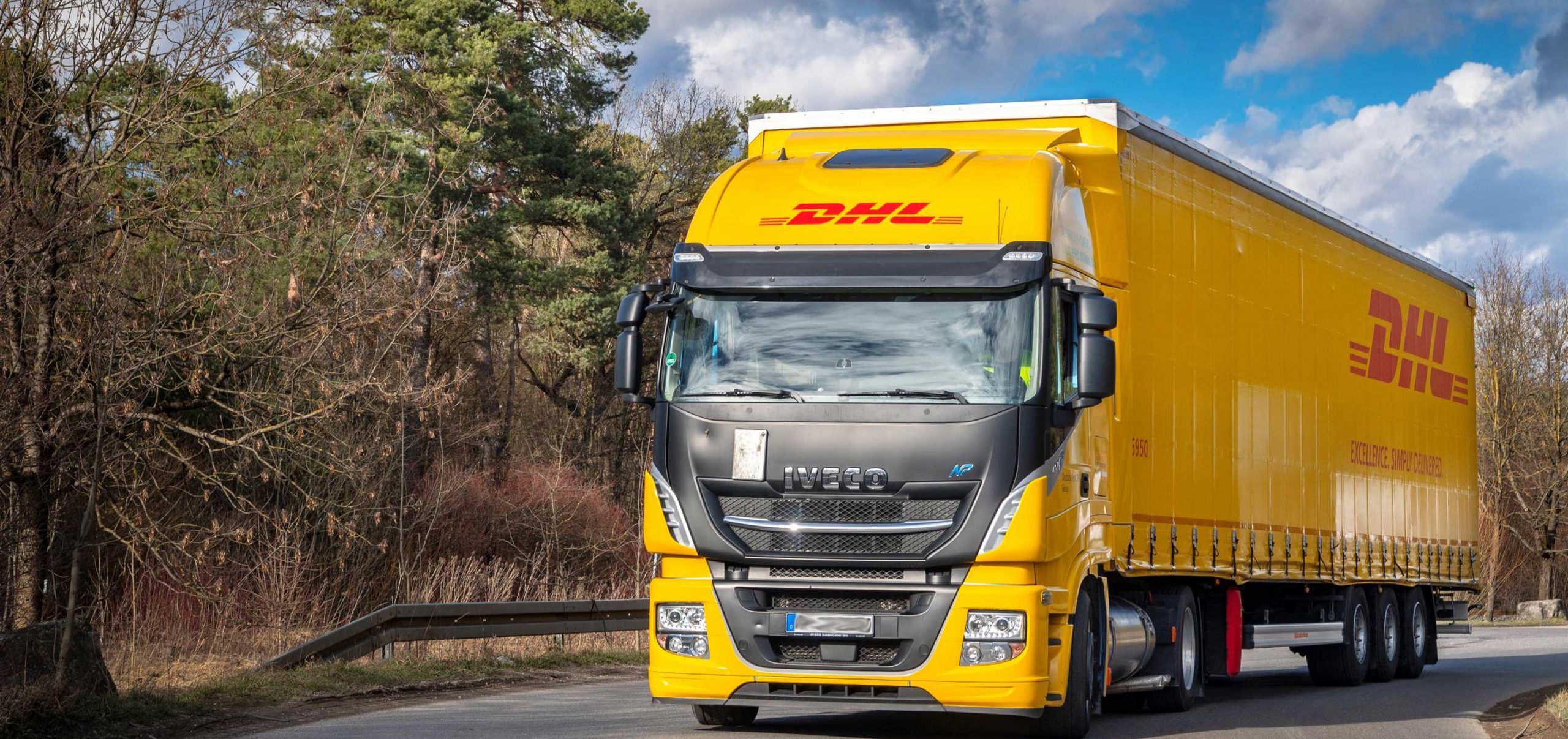
The supply chain starts with the extraction of raw materials and does not end until it reaches the end consumer – but should the latter return the delivery, then the goods flow back into the chain. With the interlinking of global markets and the rise of online trade, logistics has become a high-growth market. As a result, the ecological footprint of the logistics industry is also becoming larger. If the companies involved succeed in making their contribution as sustainable as possible, this will be a valuable contribution to a “greener” supply chain.
Green Supply Chain: A Contemporary Challenge
A single example from the German mail order business gives an idea of how many parcels are moved around the globe every day: In 2020, around 3.7 billion parcels were delivered and in 2021, the figure was already 4.2 billion. It remains to be seen whether this level will decline in the long term as the COVID 19 pandemic subsides. Experts expect quite the contrary, that is, further growth. The wealthy nations are increasingly becoming societies dominated by parcels and shipping.

Irrespective of e-commerce, globalization has an impact on the worldwide movement of resources and goods: The spaghetti that European consumers buy, may have been manufactured in Italy, but Italian durum wheat production has not kept pace with pasta production there. That is why, in the fall of 2021, a drought and crop failures in Canada caused nervousness at Barilla & Co.
Not everyone is aware that their spaghetti napoli may have a North American component – but today’s economy is global: what leaves one continent as a raw material to be processed somewhere else quite often returns to its origin as a finished product. This illustrates how large the share of warehouse and transport logistics in the overall global economy has become and how significant the effects on the environment are – on the other hand, the industry has enormous potential to make the entire supply chain more sustainable and greener.
What Is Part of Green Supply Chain Management?
A consistent green approach to supply chain management means that ecological aspects are comprehensively considered in all links of the chain. Aspects such as the raw materials being used, material properties, recyclability, or product design are the responsibility of the manufacturers. Logistics specialists are in charge of the shipping cartons, transport, storage, goods handling, delivery, and returns. To reduce the ecological footprint significantly in these areas, there are three decisive starting points: energy consumption, material savings, and process optimization.
Above all, it’s about “less is more”: less energy and fewer emissions during transport and storage, less packaging, and as few – and thus precisely coordinated – work steps as possible. These reductions create added ecological value. However, they initially involve more investment: in sustainable drives, vehicles, and machinery as well as in energy-efficient warehouses, packaging, and recycling concepts or in efficient IT systems for transport and warehouse management.
Deutsche Post DHL Group offers GoGreen Plus, a consistent green concept that helps companies make their supply chains more environmentally friendly. With GoGreen Plus, CO2 and greenhouse gas emissions are compensated through carbon insetting. The additional costs incurred by our customers in the process go directly and 100% into green technologies and fuels in our network. As a result, our transports are increasingly decarbonized with the help of low-emission or zero-emission technologies and fuels.

Arguments for a Green Supply Chain
Making a company fit for the future costs money at the start, especially when it comes to sustainability. But the short-term investment expenses are offset by long-term savings potential if targeted investments are made in the sustainable supply chain. Savings in energy consumption are not only the most effective means of improving a company's climate footprint, but also of reducing operating costs.
Against the backdrop of globally rising energy prices, saving energy is an absolute must for companies, regardless of ecological issues. Money can also be saved on packaging. Currently, single-use shipping systems tend to be cheaper than reusable packaging solutions, and disposal is easier than recycling. However, this could change if public authorities adjust the fees accordingly.
Finally, ecologically oriented process optimization holds a dual potential. The implementation of management systems and more efficiently designed operating processes not only reduces environmental impact, but also cost pressure. Warehouse capacities are better utilized, empty runs are avoided wherever possible, and the workload of qualified staff is reduced.
Sustainability as an Image Factor
Environmentally responsible business has long since ceased to be a side issue. In developed industrial nations and service societies, it is increasingly becoming a prerequisite for business success. Sustainability is an important argument for:
- End consumers, who are becoming more and more attentive to appropriate labels, certificates, or other forms of verification
- Employees for whom it is important to see their own aspirations achieved by the employer
- Business partners who expect that all contributors to the supply chain are committed to the principle of green business
Most companies appreciate legal regulations for more sustainability in a globalized economic world. The executives surveyed are aware of their corporate responsibility and they support compliance with due diligence obligations such as fair working conditions or the protection of the environment and climate along their supply chains.
Dr. Joachim Bühler CEO of German TÜV Association, in the association’s press portal commenting on the TÜV study “Sustainable Supply Chains“
If you communicate transparently and act responsibly, both your corporate brand and your employer brand will benefit. In view of the already serious shortage of skilled workers, this is an additional bonus not to be neglected, and one that will become even more significant in the future.
One indicator of a company’s environmental balance that is increasingly attracting public attention is the so-called corporate carbon footprint. This is the balance of all emissions generated by all activities of a company within a year. Being able to score points here with good figures can be a competitive advantage.
Taking Measures in Time
Some large enterprises are already required to provide life cycle assessments as part of their reporting obligations. But green and sustainable reporting obligations are also becoming more stringent for medium-sized companies. The group of accountable companies could expand if policymakers around the world respond to the challenges of climate change with new or stricter requirements.
The basic legal framework may also move towards sustainability. In February 2022, for example, the EU Commission presented a draft supply chain law intended to counter violations of environmental and human rights standards.
To be successful and resilient in such an environment, proactive action is essential. If you anticipate developments, regulatory changes do not come out of the blue, and the necessary steps have either already been taken or at least prepared.
Conclusion
We want to reconcile our business activities with preserving our environment. A green supply chain from start to finish is more than just a mere contribution to this. It might well determine the future viability of the logistics industry. Setting the course for sustainability in 2022 will pay off in later decades. The tasks are challenging and the solutions complex, but DHL Freight is helping to make the sustainable supply chain a reality: for the future of the world and the global economy.




